A Poignant Anniversary
In light of the antisemitic riot in Amsterdam, in the midst of “enlightened” Europe, the commemoration of Kristallnacht is especially poignant and relevant.
November 9-10 marks the anniversary of that horror-filled night in 1938 when Joseph Goebbels, the German minister for public enlightenment and propaganda, seized on the assassination of a minor official to whip Hitler’s supporters into a frenzy against the Jews. As I researched Kristallnacht for my book, In the Wake of Madness: My Family’s Escape from the Nazis, three things struck me beyond the human and physical ordeal.
Evian was a tourist destination and provided plenty of distractions for its conference attendees who were sent to help Jewish refugees. The cartoon above, published in 1938, depicted the Jew being told to Go but reaching Stop signs at every turn. Reading the reactions of world leaders was disheartening. Even Canada's Prime Minister hoped to "keep this part of the Continent free from unrest and from too great an intermixture of foreign strains of blood." Latin American nations rejected "traders and intellectuals." Only the Dominican Republic stepped up. You'll have to read my book to get that story!
First, Hitler was emboldened by the world’s indifference to the plight of Jews. The Evian Conference in July convinced him that no country, including the United States, was willing to “import a racial problem.” Until then, Hitler would have been satisfied to rid Germany of Jews by sending them elsewhere.
The photo of my father, inserted above, was taken in Amsterdam for his American Visa application. The graphic is part of an extended presentation I've created that follows my family's escape from the Nazis.
Secondly, Kristallnacht is an example of how information can be used and manipulated. The Nazis pretended that the violent riots were a spontaneous reaction to the November 7 killing by a heart-broken Jewish teen, but the response was well-orchestrated. As the mobs torched and smashed everything touched by Jewish hands, police and firefighters were ordered to do nothing – unless there was a threat to Aryan-owned property. In the days to come, over 30,000 Jewish men were sent to concentration camps. In the ultimate irony, the Nazis imposed an “atonement tax” of one billion Reichsmarks on the Jews to help pay for sweeping all that shattered glass and debris from the streets.
Perhaps most disturbing of all was the reaction of the American people. Weeks after Kristallnacht, the American Institute of Public Opinion released a telling survey. Ninety-four percent of Americans disapproved of the way German Jews were being treated, but 71 percent did not want the United States to accept more Jewish refugees. Our government was on the same page. In 1938, over 300,000 Germans, mostly Jewish refugees, applied for American visas. Only 20,000 were approved.
The survey was conducted just weeks after Kristallnacht.
Kristallnacht spurred my father to apply for his American visa in late November. His name was added to the waiting list. “Approximately two years,” an official told him.



